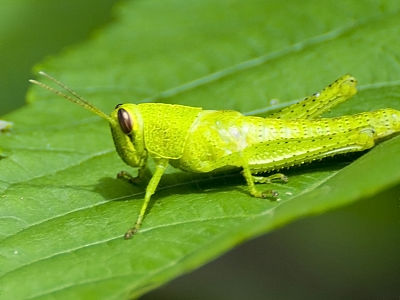A bright pink called 'world's oldest color' is discovered, as a clue to solve the mystery of the earth's history

Nur Gueneli and colleagues from the National University of Australia, for example, extracted rocks from deep underground in the Sahara desert in Africa, and extracted the "world's oldest pigment" about 1.1 billion years ago. This pigment seems to have a bright pink color.
1.1 - billion - year - old porphyrins establish a marine ecosystem dominated by bacterial primary producers | PNAS
http://www.pnas.org/content/early/2018/07/03/1803866115
ANU scientists discover the world's oldest colors - ANU
http://www.anu.edu.au/news/all-news/anu-scientists-discover-the-world%E2%80%99s-oldest-colours
Scientists discover the world's oldest colors
https://phys.org/news/2018-07-scientists-world-oldest.html
Scientists discover world's oldest color - bright pink | Science | The Guardian
https://www.theguardian.com/science/2018/jul/09/scientists-discover-worlds-oldest-colour-bright-pink-sahara
A pigment collected from Marin · Black Schecher who was in the Republic of Mauritania in the northwest part of Africa is about 500 million years older than the "oldest pigment" found so far. It is said that pigment is a molecular fossil of chlorophyll produced by photosynthesis of cyanobacteria living in the ancient sea. This molecular fossil has a dense red or purple color like blood when its density is high, but it looks like a bright pink color in a diluted state.

Of course, all things in this world have "color", but the coloring matter of this molecular fossil is the special "biological oldest color" is special. For example, Tyrannosaurus bone fossils are gray or brownish, but this does not tell you what color of Tyrannosaurus's skin was then. The discovery of "the world's oldest pigment" is like finding fossil of Tyrannosaurus where the color of the skin at that time was preserved. Molecular fossils are not large organisms, but it means that you have extracted the "color" of the times ten times older than Tyrannosaurus, where big creatures do not yet exist.
The oldest pigment in the world was discovered by pulverizing rocks one billion years ago and analyzing the molecules of the organisms taken from it. "The precise analysis of ancient pigments is a confirmation that blue-green algae dominated the foundation of the ocean food chain a billion years ago," said Gueneli, who conducted the study as a theme of dissertation thesis It is.
Also, Jochen Brocks of Associate Professor at the Australian National University said that she could not believe it when she reported that Mr. Gueneli discovered pigment. "I remember what I heard when I heard a scream at the lab, she ran to my office and said, 'Please look at this' while holding a light pink color on your hand." " I found it to be a genuine, 1.1 million years ago pigment, "Brocks says. According to Mr. Brocks, this discovery is not merely "discovering a pink substance", but it seems to be helpful in solving the mystery "in the history of the earth, why the appearance of big creatures was delayed" is.

In modern seas, the bottom part of the food chain is algae. Microalgae are very small, but still they are 1000 times the size of cyanobacteria. As large organisms evolve, large particles are needed as a food source, so this discovery as one of the explanations to solve the mystery of "why the appearance of big creatures in the history of the earth was delayed" It can be said that "Because there was no food source of large particles".
Related Posts:







